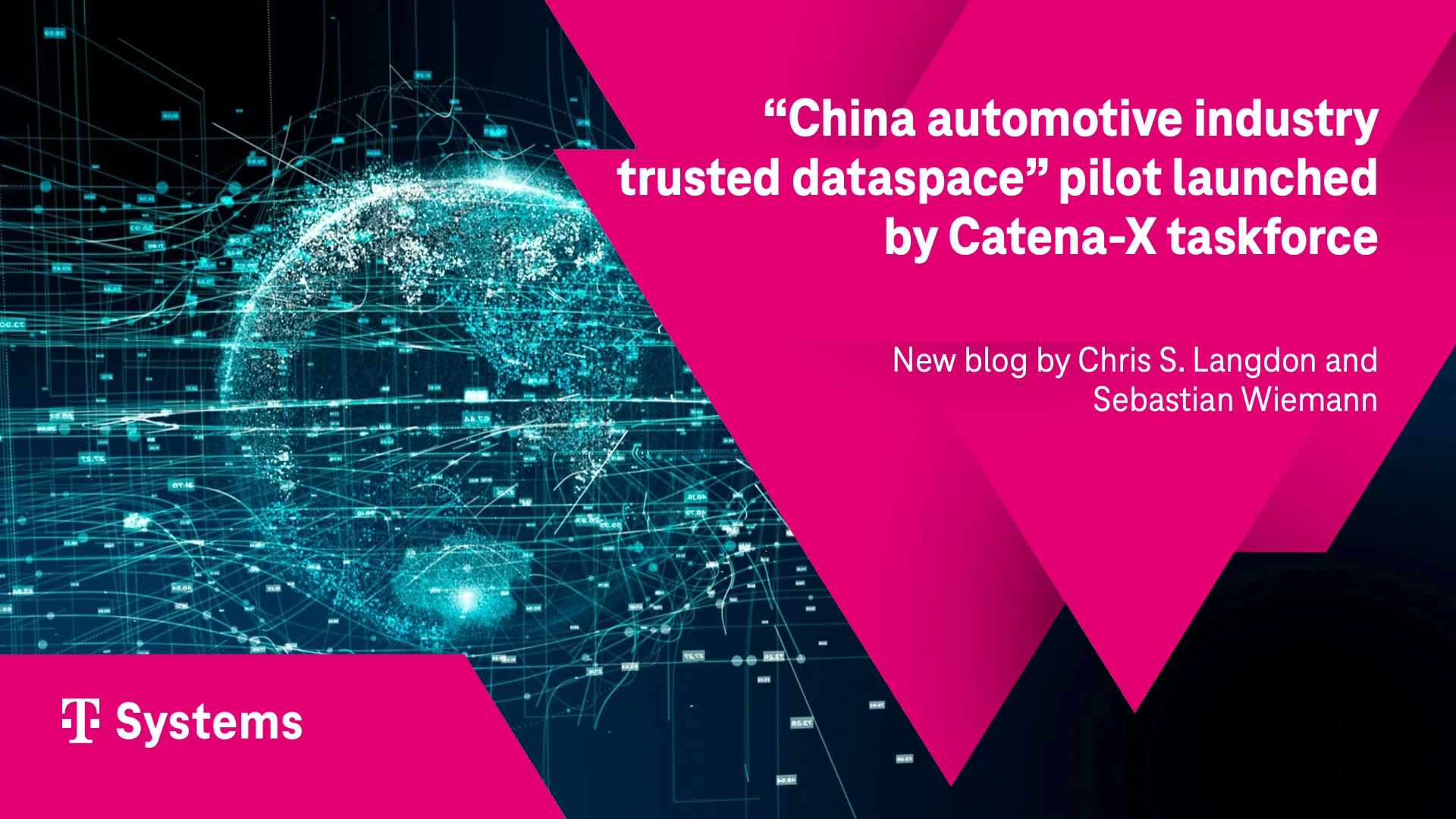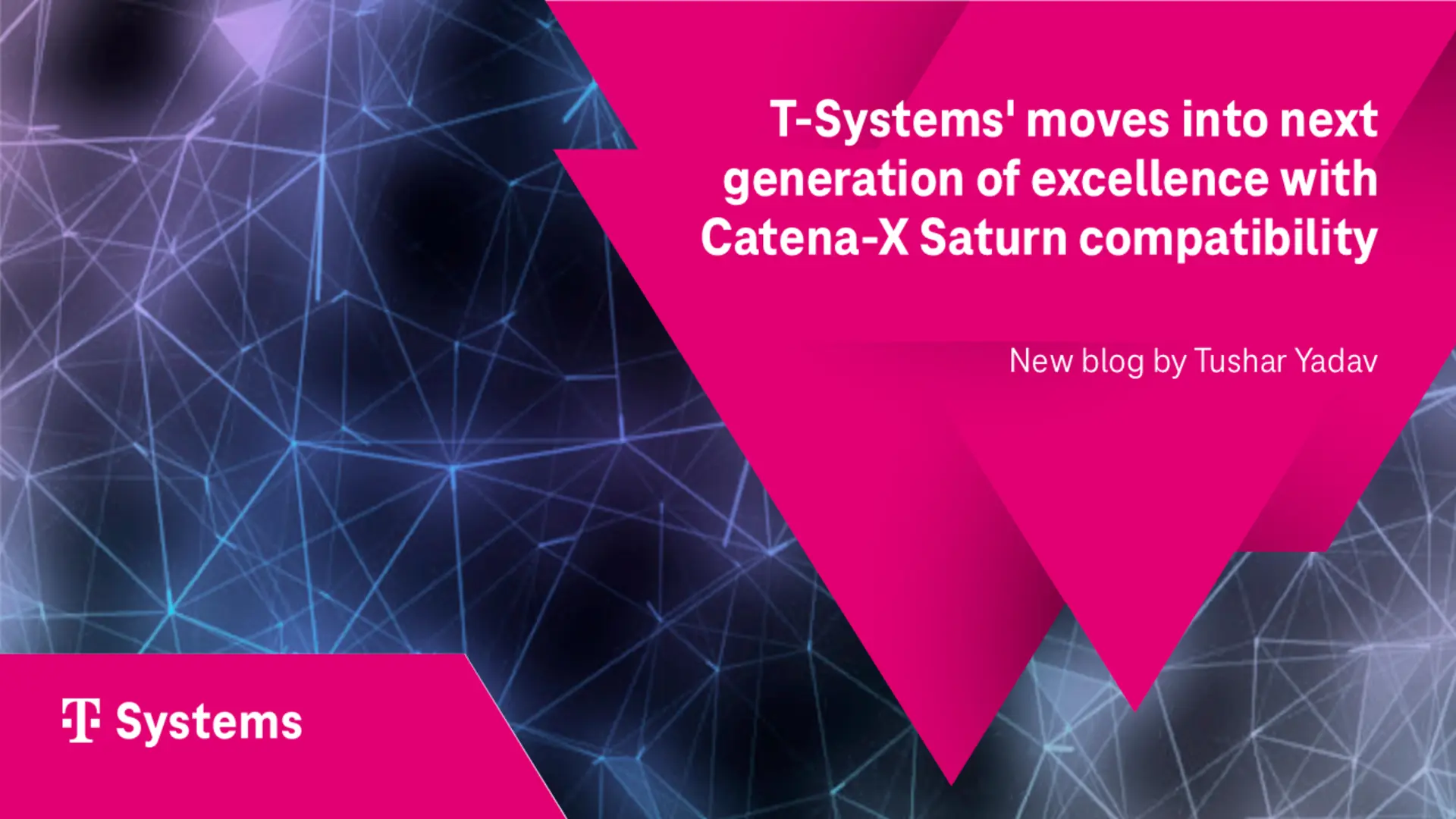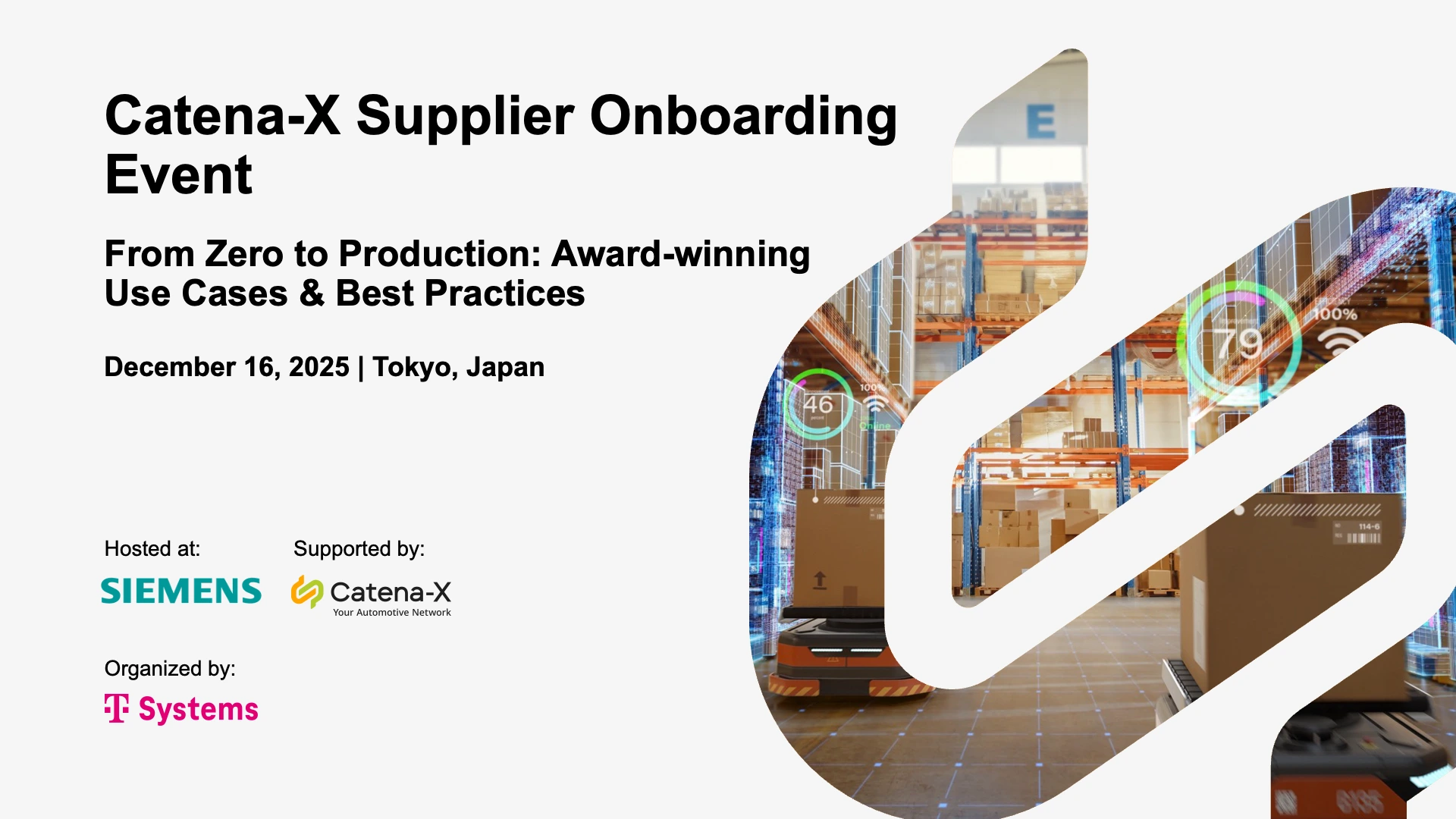Click Through Rate
Glossary Page
The click-through rate (CTR) is composed of two components that are interrelated and only meaningful in conjunction. One component of the CTR measures the number of clicks on a digital advertisement within a specified time frame. The resulting number of clicks is then compared to the number of ad impressions, which represent how many times users viewed the corresponding advertisement during the same time period. When these two metrics are compared, the click-through rate is obtained and expressed as a percentage. Therefore, CTR is the percentage that indicates the frequency of clicks on a banner ad relative to the frequency of views.
http://www.gruenderszene.de/lexikon/begriffe/click-through-rate-ctr
Latest Webinars
Latest Articles

Connect & Integrate “Developer edition”: Build Catena-X apps faster than ever
T-Systems has launched Connect & Integrate “Developer edition”, a streamlined environment designed to accelerate Catena-X application development. By removing barriers such as connector setup, compliance alignment, and semantic validation, the platform provides out-of-the-box connectivity with Catena-X–compliant APIs, guided workflows, and built-in compliance tools. Developers gain immediate access to secure, standardized data exchange without managing complex infrastructure, enabling them to focus on building innovative solutions across key use cases like traceability, carbon footprint, and demand management. Positioned as an innovation catalyst, the “Developer edition” empowers startups, integrators, and enterprises to rapidly deliver production-ready applications and drive Catena-X adoption across the automotive value chain.
Read more

Tushar Yadav
Dec 15, 2025

“China automotive industry trusted dataspace” pilot launched by Catena-X taskforce at IAA Mobility Munich
The Catena-X taskforce, together with CAAM, launched the “China Automotive Industry Trusted Data Space” pilot at IAA Munich, enabling secure, compliant, and scalable local data exchange for Chinese OEMs and suppliers, starting with Certificate Management. Early results show faster, traceable, and machine-readable certificate transactions, laying the foundation for future quality, sustainability, and PCF use cases.
Read more


Chris S. Langdon, Sebastian Wiemann
Dec 12, 2025

T-Systems' moves into next generation of excellence with Catena-X Saturn compatibility
T-Systems’ Connect & Integrate solution is now fully compatible for the latest Catena-X “Saturn” release, effective November 25, 2025. This milestone enhances secure, cross-company data exchange in the automotive industry by introducing updated standards, stronger interoperability, and robust policy management. Saturn certification enables participants to confidently adopt Catena-X use cases ranging from certificate management to advanced traceability and carbon footprint tracking. With backward compatibility, cloud-agnostic design, and vendor independence, Connect & Integrate ensures scalability for SMEs and global enterprises alike. T-Systems provides expert guidance to support smooth migration from the previous “Jupiter” version, empowering organizations to unlock the full potential of Catena-X Saturn.
Read more

Tushar Yadav
Dec 05, 2025





